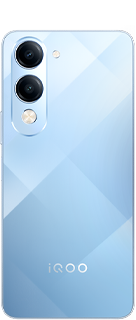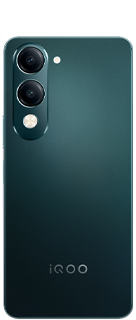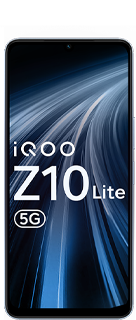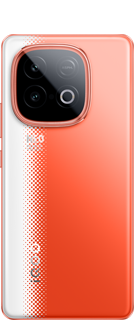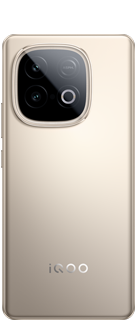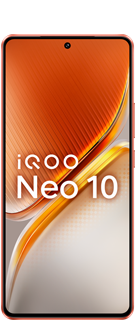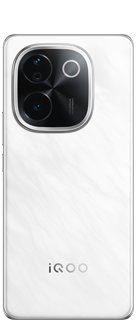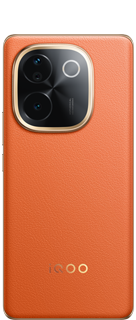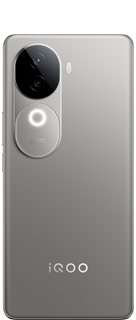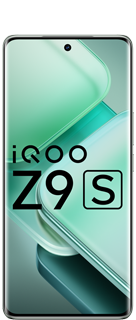Deciphering Smartphone Display Brightness: Peak Nits and Real-world Perceptions
In the realm of smartphone specifications, peak brightness often stands out as a headline figure, with values like 2,000, 3,000, or even 4,000 nits capturing attention. However, it's crucial to demystify what these numbers genuinely represent and how they translate to our everyday viewing experiences.
1. **Peak Brightness: A Localized Phenomenon**:
A phone's advertised peak brightness doesn't signify that the entire screen
uniformly shines at that luminance. Instead, this value is predominantly observed in localized areas, especially when viewing HDR (High Dynamic Range) content. Think of it as a spotlight effect—specific portions of the display illuminating more intensely than others.
2. **High Brightness Mode (HBM): The Practical Benchmark**:
- HBM, or High Brightness Mode, is where the true utility of a phone's brightness capability shines—quite literally. This metric determines the screen's luminance when subjected to intense external lighting, like direct sunlight.
- Taking the iQOO 12 as an illustration: Despite its impressive peak brightness of 3,000 nits, the HBM mode limits it to 1,400 nits. This adaptive brightness ensures that users can view content clearly even in glaring outdoor conditions.

3. **Logarithmic Brightness Progression**:
- A noteworthy aspect to consider is the nature of brightness increments. Human perception doesn't view brightness levels linearly. Instead, our eyes discern changes in brightness following a logarithmic pattern.
- To illustrate, a leap from 2,000 to 4,000 nits might appear as a twofold increase on paper. However, perceptually, the visual enhancement isn't perceived as a straightforward 2X brightness boost. This logarithmic relationship underscores the importance of contextualizing raw specifications within real-world viewing contexts.
In essence, while peak brightness figures command attention in spec sheets, it's paramount to appreciate their nuanced implications. By understanding the distinction between peak and practical brightness (HBM), and acknowledging the logarithmic nature of human perception, consumers can make more informed decisions, aligning technical prowess with genuine usability.
---
! NOTE !
{[(We do not claim the mobile industry's advertisements are misleading)]}
{[(regarding screen Brightnesses)]}
Please sign in
Login and share




